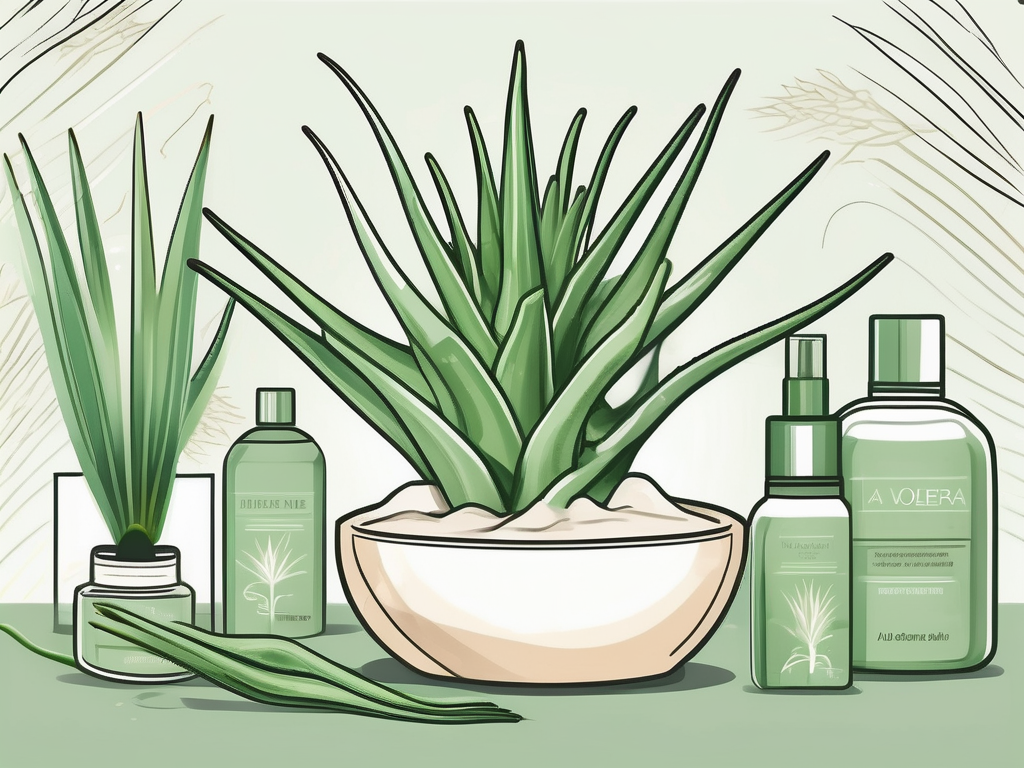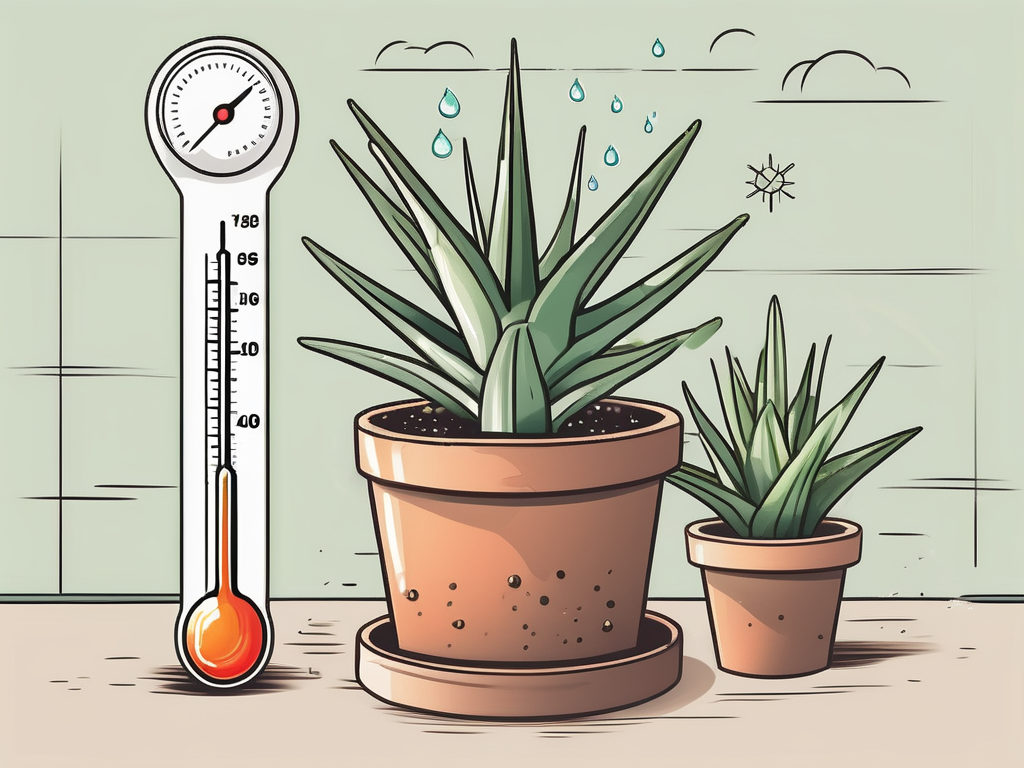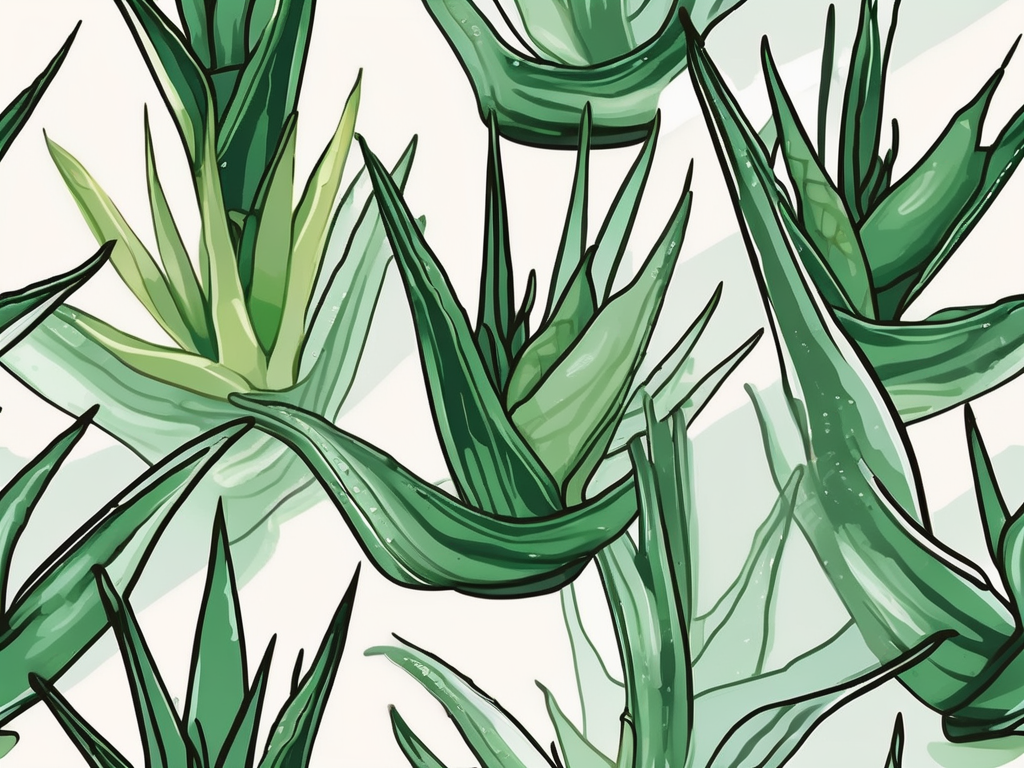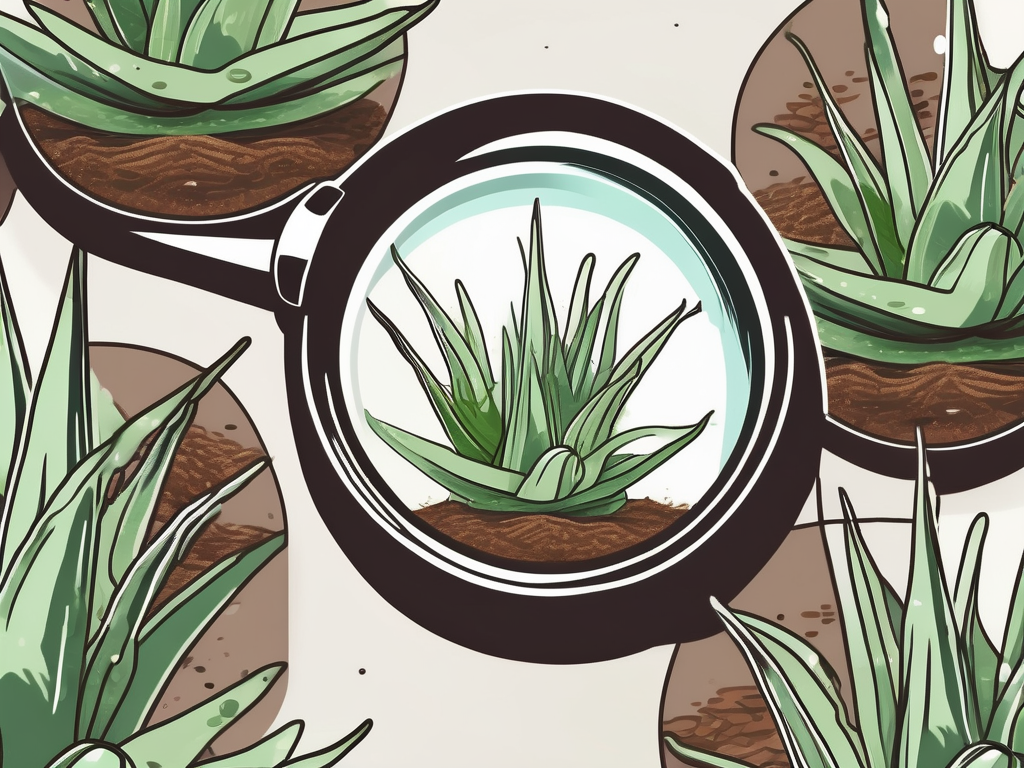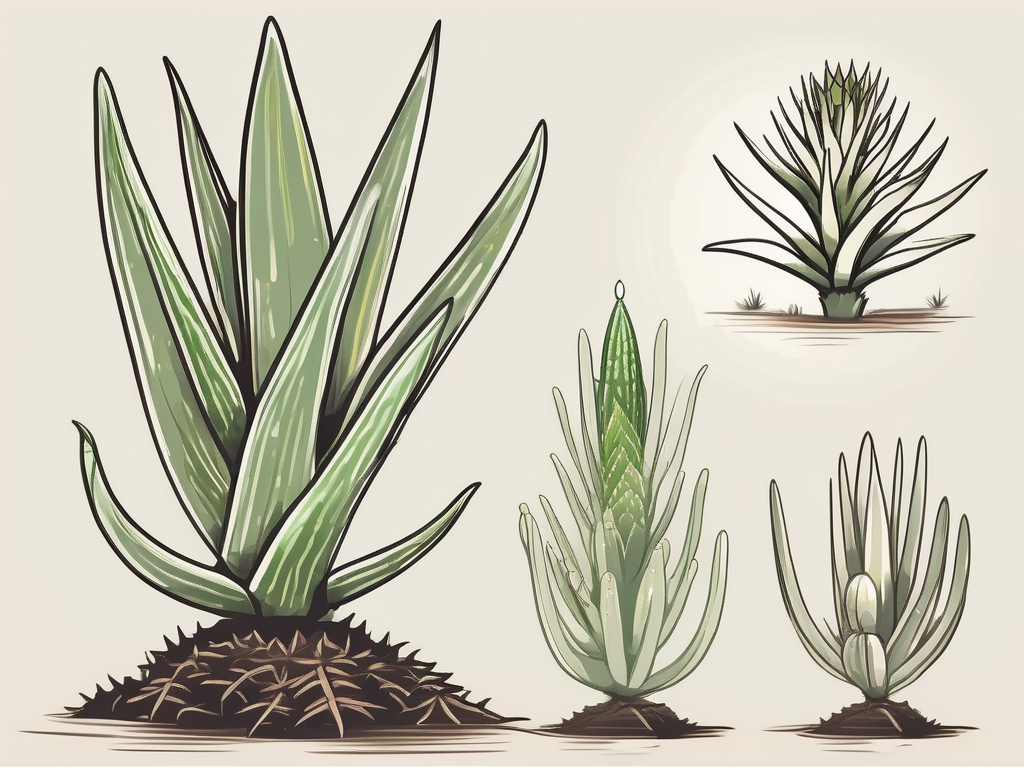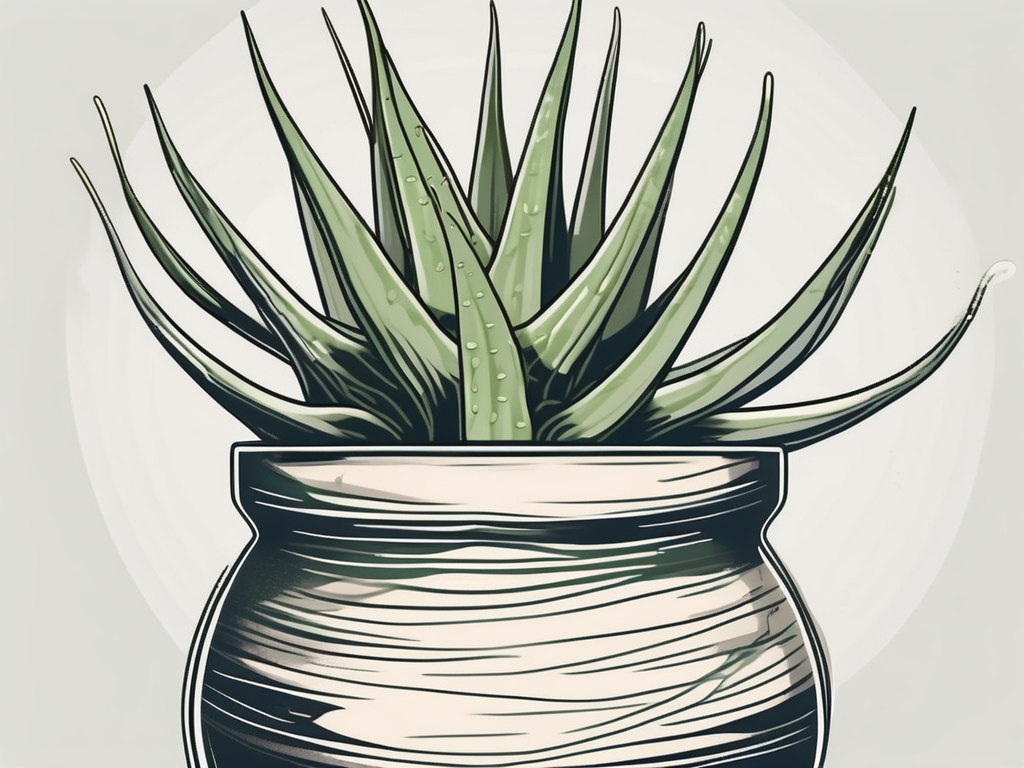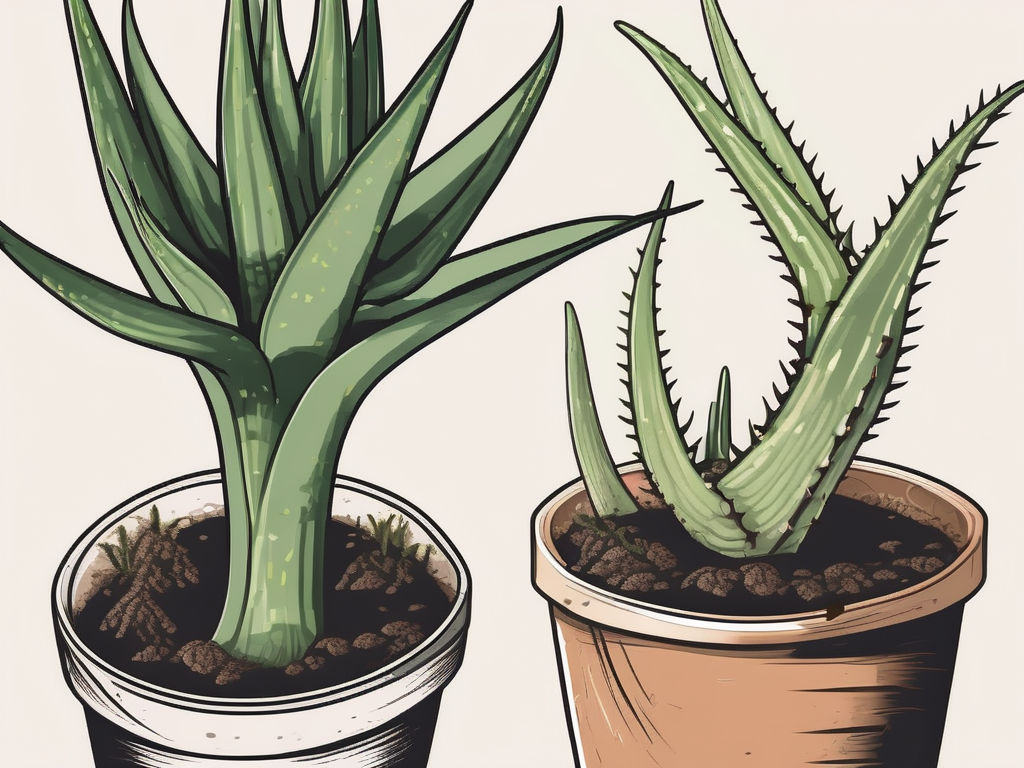
Aloe vera is like that reliable friend who’s always there when you need them. Whether it's for soothing a sunburn or adding a pop of green to your space, aloe vera plants have a lot to offer. However, like any good friendship, they need care and attention to thrive. One of the common pitfalls in aloe plant care is root rot, a sneaky problem that can turn your plant's roots into mush before you even realize something's wrong.
Today, we’re going to chat about how to keep your aloe vera healthy and happy by steering clear of root rot. We’ll cover everything from the right watering techniques to choosing the best soil and pot. Plus, we’ll dive into some signs that your aloe might be in trouble and what to do about it. So, let’s get started!
Understanding Root Rot: What It Is and Why It Happens
Root rot is exactly what it sounds like—a disease that causes the roots of your plant to rot away. It’s primarily caused by overwatering, which leads to a soggy environment where fungi and bacteria thrive. These microorganisms are the culprits that attack and damage the root system. Without a healthy root system, your aloe vera can’t absorb nutrients or water effectively, leading to a downward spiral.
But why does overwatering lead to such a mess? Well, roots need oxygen just like we do, and when they're constantly submerged in water, they can't get enough air. This lack of oxygen creates an environment ripe for fungal growth, and before you know it, your aloe’s roots are in trouble. Knowing this, it becomes clear why understanding the watering needs of your aloe is vital.
Interestingly enough, root rot can sometimes be sneaky. The damage starts below the surface, often going unnoticed until the plant starts to show signs of distress. By the time you see yellowing leaves or a plant that’s suddenly wilting, the rot may already be well underway. That's why prevention is key when it comes to maintaining a healthy aloe vera plant.
Perfecting Your Watering Routine
First things first, let’s talk about one of the most common mistakes: overwatering. Aloe vera is a succulent, which means it’s designed to store water. Think of it like a camel of the plant world. It doesn’t need frequent watering, and in fact, it thrives on a little neglect. But how do you strike the perfect balance?
Here’s a simple rule of thumb: let the soil dry out completely between waterings. Depending on your environment, this might mean watering your aloe every two to three weeks. During the winter months, when the plant's growth slows down, you can extend this period even further. Remember, it’s always better to err on the side of underwatering when it comes to succulents.
When you do water, make sure you’re doing it thoroughly. Water the soil directly and let it soak through to the roots. Avoid getting water on the leaves, as this can lead to rot. If you're using a saucer under your pot, make sure to empty it out after watering to prevent water from sitting at the bottom.
How do you know if your aloe is thirsty? A good way is to check the leaves. If they’re plump and firm, your plant is well-hydrated. If they start to look shriveled or feel soft, it might be time to give your aloe a drink. And remember, patience is key. It’s tempting to water your plants regularly, but with aloe vera, less is more.
Choosing the Right Soil
Now, let’s dig into the dirt—literally. The type of soil your aloe vera is planted in plays a huge role in preventing root rot. Aloe vera requires well-draining soil to keep its roots dry and happy. Standard potting soil just won’t cut it; it holds too much moisture and can suffocate the roots.
Instead, opt for a cactus or succulent mix. These soils are specially formulated to drain quickly, reducing the risk of root rot. If you’re a DIY kind of person, you can make your own mix by combining regular potting soil with sand, perlite, or pumice. Aim for a ratio of about one part potting soil to two parts of the drainage material of your choice.
Always remember that the soil should be loose and airy, allowing water to flow through easily. You can test your soil’s drainage by watering it and seeing how quickly the water comes out of the drainage holes. If it takes more than a minute or two, you might need to adjust your mix.
It’s also a good idea to refresh the soil every couple of years. Over time, soil can become compacted, losing its drainage capabilities. Repotting your aloe with fresh soil can breathe new life into your plant and help prevent any lurking root rot issues.
Picking the Right Pot
The pot you choose for your aloe vera is just as important as the soil. A pot with drainage holes is non-negotiable. These holes allow excess water to escape, preventing it from pooling at the bottom and causing rot. No matter how careful you are with watering, a pot without drainage is a recipe for disaster.
Terracotta pots are a great option for aloe vera. They’re porous, meaning they allow moisture to evaporate through the sides, reducing the chance of overwatering. Plus, they’re a classic choice that complements the rustic, natural look of aloe plants. If terracotta isn’t your style, just make sure whatever pot you choose has adequate drainage.
Size matters too! Your pot should be proportional to your plant. If it’s too big, the soil will hold more water than the plant can use, increasing the risk of root rot. On the other hand, a pot that’s too small might not provide enough room for the roots to grow. Aim for a pot that’s just a little larger than the root ball.
Lastly, if you’re repotting an aloe that’s been in the same pot for a while, take the opportunity to check the roots. Healthy roots should be white or light brown and firm to the touch. If you spot any mushy, dark, or smelly roots, trim them away before putting the plant in its new home.
Monitoring for Signs of Trouble
Keeping an eye on your aloe vera for signs of root rot can save you a lot of heartache. As we mentioned earlier, root rot often starts below the surface, so it's important to watch for subtle changes. Here are some red flags to look out for:
- Yellowing Leaves: If your aloe’s leaves start turning yellow from the base up, it might be a sign of overwatering and potential root rot.
- Wilting: Even though the soil is wet, a plant suffering from root rot will often look wilted and sad.
- Mushy or Blackened Roots: If you suspect root rot, gently remove the plant from its pot and check the roots. Healthy roots are firm, while rotten ones are mushy.
- Unpleasant Smell: A foul odor from the soil can indicate that the roots have started to rot.
Addressing these issues early can make a big difference. If you catch root rot in the initial stages, you might be able to save your plant by repotting it in fresh, dry soil and adjusting your watering habits. Remember, the goal is to prevent these symptoms from appearing in the first place.
The Role of Light and Temperature
While water management is crucial, light and temperature also play important roles in keeping your aloe vera healthy. Aloe vera loves bright, indirect light. A sunny windowsill is perfect, but make sure to avoid direct sunlight, as it can scorch the leaves.
Temperature-wise, aloe vera prefers a comfortable room temperature between 60°F and 75°F (15°C to 24°C). These plants are not frost-tolerant, so if you live in a colder climate, it’s essential to keep them indoors during the winter months.
Light and temperature affect how quickly the soil dries out. If your aloe is in a cool or dim spot, the soil will take longer to dry, increasing the risk of root rot. Conversely, a warm and sunny location can dry the soil out more quickly, which might mean you need to water more often.
It’s all about finding that sweet spot where your aloe is getting enough light to thrive, but not so much that it’s in danger of drying out or overheating. Paying attention to these factors will help you maintain a healthy plant and prevent root rot.
Handling a Root Rot Situation
So what happens if, despite your best efforts, you suspect your aloe has root rot? Don’t worry, all is not lost. With a little care, you might be able to nurse your plant back to health.
First, gently remove the plant from its pot and inspect the roots. Trim away any that are mushy or discolored, using sterilized scissors to prevent spreading any disease. Once you’ve cleaned up the roots, let the plant dry out for a day or two.
Next, repot your aloe in fresh, well-draining soil. Make sure the pot has adequate drainage holes, and consider using a terracotta pot to help wick away moisture. Water sparingly until the plant shows signs of recovery.
If the root rot is too severe, you might need to propagate the healthy parts of your plant. Aloe vera can be propagated from offsets, also known as pups. Simply remove a healthy offset from the parent plant, let it dry for a few days, and then plant it in fresh soil.
Remember, patience is key. Recovery might take some time, but with the right care, your aloe can bounce back.
Building a Routine for Long-Term Care
Establishing a routine for your aloe vera care will make prevention second nature. Stick to your watering schedule, keep an eye on the soil, and periodically check the roots when repotting. Knowing what healthy roots look and feel like will help you spot early signs of trouble.
Additionally, consider rotating your aloe plant every couple of weeks to ensure it’s getting even exposure to light. This helps the plant grow evenly and keeps it looking its best.
Remember, each plant is unique. Factors like the size of the plant, the pot, and the room’s humidity can all influence how often you need to water. It might take some time to figure out what works best for your specific aloe, but once you find that rhythm, your plant will thrive.
Finally, embrace the process. Caring for plants is not just about preventing problems—it’s about enjoying the journey. Watching your aloe vera flourish under your care is a rewarding experience, one that brings a little piece of nature into your home.
Final Thoughts
Root rot can seem daunting, but with a little knowledge and attention, you can prevent it and keep your aloe vera thriving. From understanding the importance of proper watering and soil choice to recognizing the signs of trouble, you now have the tools to give your aloe the best chance at a healthy life.
At Cafe Planta, we’re here to support your plant journey. We offer a variety of houseplants and accessories to help you create a beautiful collection. If you have any questions about plant care, feel free to email us or send a message on Instagram. We believe in the power of plants to bring people together, and we’re excited to help you connect with nature and each other.













